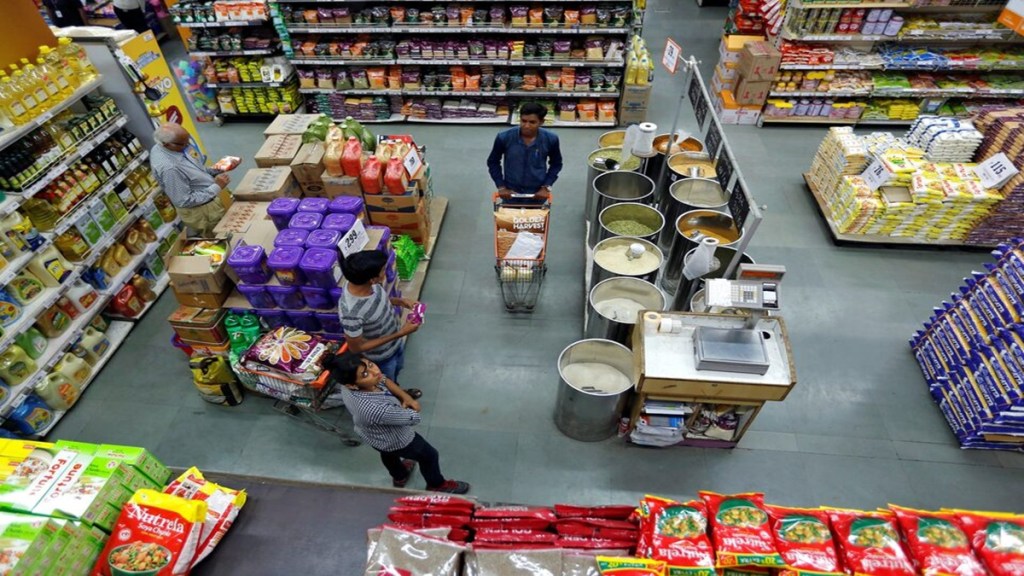Inflation measured by the Wholesale Price Index (WPI) fell to a nine-month low in April to 0.85% from 2.05% in March as the prices of energy declined and moderation in increase in prices of food products.
Of the three main components of the index there was a contraction in prices of primary articles (-1.44) and fuel and power (-2.18). Only in the manufactured articles category inflation (2.62) was seen, according to the data released by the Ministry of Commerce and Industry.
As per data released a day earlier, retail inflation, measured by consumer price index (CPI), eased to a 69-month low of 3.16% in April, as food prices fell further. This increased chances of a third straight rate cut by the Reserve Bank of India in its June monetary policy review.
Headline inflation trended downward for the sixth straight month, and for the third month in a row, the print remained below 4%, the level where the Reserve Bank of India seeks to hold it on a durable basis.
“It (WPI print) mirrors more or less what was witnessed in the CPI with a downward tendency. With global commodity prices expected to be benign, this tendency can be expected to prevail in the next few months too,” economist at Bank of Baroda Aditi Gupta said.
Food inflation with a weight of 24.38% in overall WPI moderated to 2.5% compared with 6.1% in April of last year. Sharp correction was seen in prices of vegetables, especially tomato, onion and potato, as well as pulses categories. Cereals inflation also moderated, led by lower rice prices. Vegetable inflation dropped steeply by 18.3% in April 25 compared with an increase of 23.6% in the same period last year.
Fuel and power inflation eased, as crude oil prices remained downbeat. Within the manufactured segment, price pressure was visible for food products, reflecting higher edible oil prices. Core inflation inched up to 1.2% in April 25 as compared with a decline of 0.2% in April 24.
The global commodity prices are likely to remain contained despite a softer stance by the US on tariffs, amidst China’s continued economic challenges. Global growth prospects too, appear to be in jeopardy amidst uncertainty over US tariffs. “The above backdrop suggests that WPI inflation is likely to remain benign in FY26 as well,” Gupta added.
“Muted commodity prices along with a favorable base effect for the food segment would keep the wholesale inflation around 0.5% in the near term,” Ind-Ra’s economist Paras Jasrai said. Chief economist at CareEdge said that the WPI inflation will average close to 3% in FY 26.

